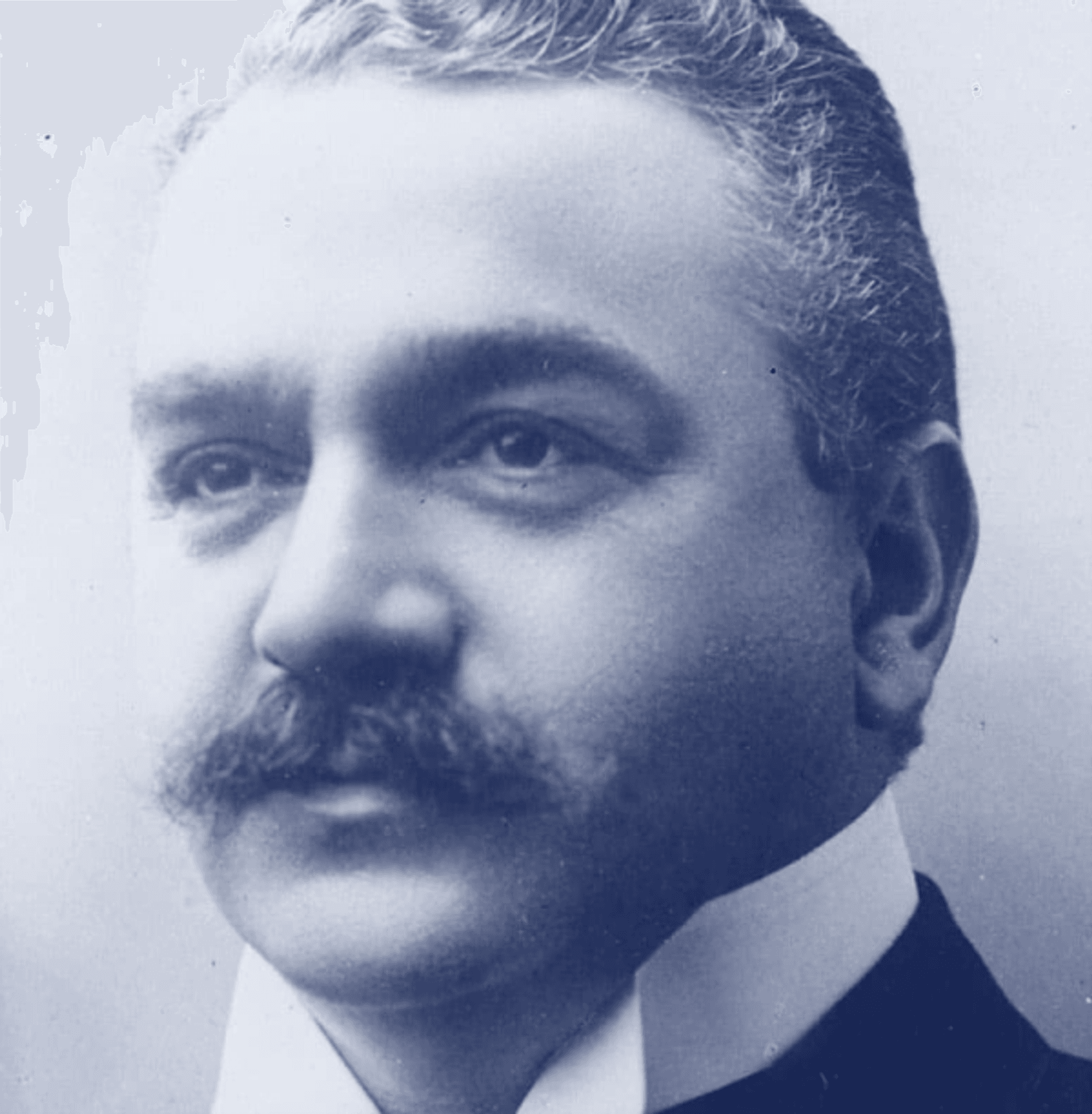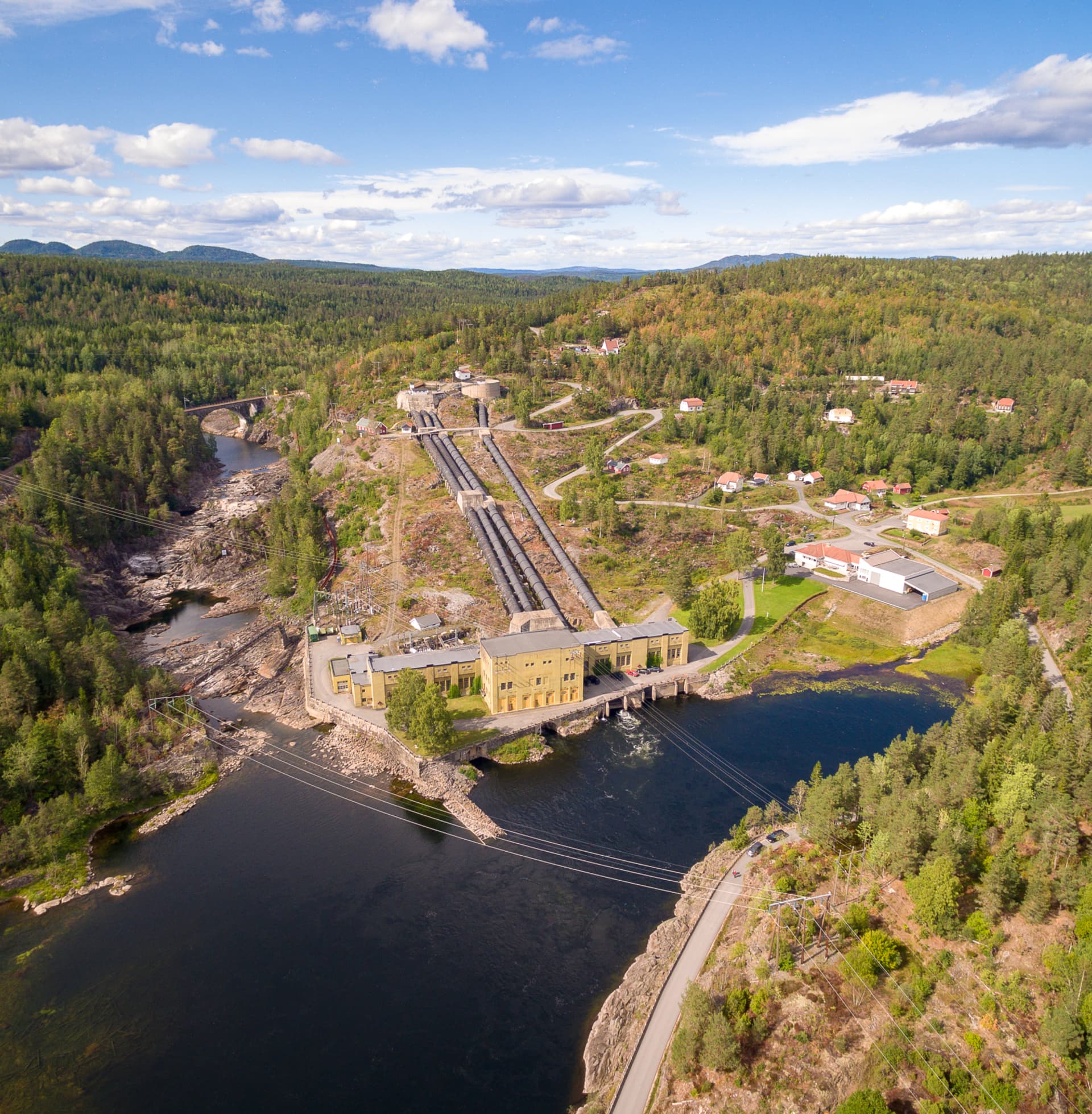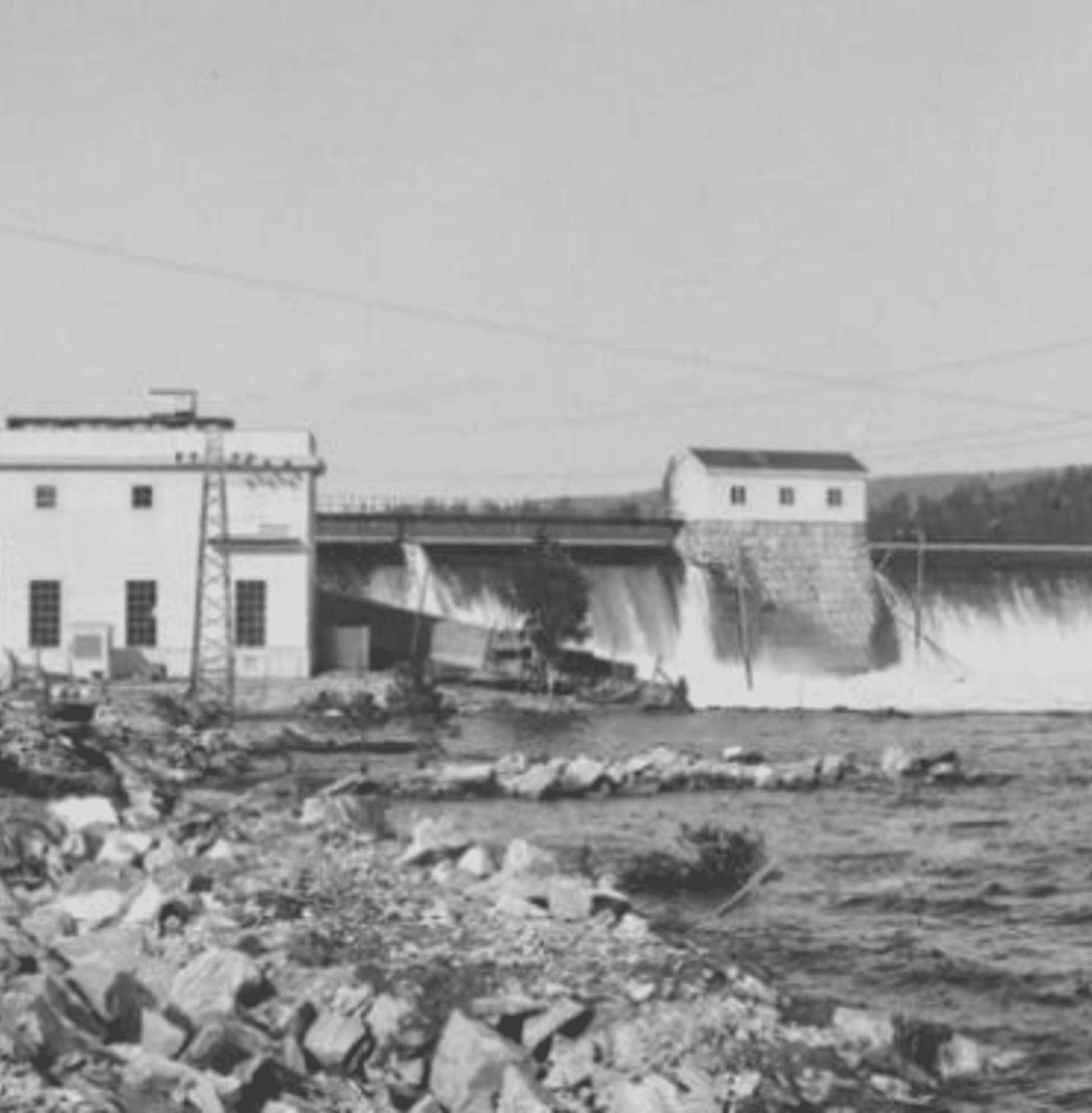1896
Company Founded
Arendals Fossekompani was founded on January 30, 1896. The original purpose was to utilize the water in Arendalsvassdraget to generate electricity. The company acquired several waterfalls, including Bøylefossen and Flatenfossen. Sam Eyde (image), Norwegian entrepreneur and industrialist, played an important role in the early development of the company.

1913
Power and Industry
The construction of Bøylefoss Power Plant started in 1911, in parallel with the establishment of new industry in Eydehavn. The first electric power from Bøylefoss was delivered to Eydehavn in the summer of 1913. That same year, Arendals Fossekompani was listed on the Oslo Stock Exchange.

1927
More Hydropower
Growing demand for electricity for industrial purposes, led to the development of Flatenfoss Power Plant in 1927. The original plant was operational until it was replaced in 2009.

1960s
Financial Investor
Arendals Fossekompani gradually built a substantial financial capacity. At the end of the 1960s, the company changed its mission statement and built a portfolio of financial investments in listed and unlisted companies.

1990s
New Opportunities
Deregulation of the Norwegian electricity market presented new market opportunities. Arendals Fossekompani played an active role and established a subsidiary, Markedskraft, as an independent provider of services in the Nordic and European wholesale electricity market.

2000s
International Investor
The new millennium marked the start of the transformation of Arendals Fossekompani, from a local hydropower producer to an international investment company. Starting in 2004, a series of successful acquisitions of Norwegian and international companies made Arendals Fossekompani the company it is today. Revenues increased from around NOK 250 million in 2004 to NOK approximately 4 billion in 2021. Today, hydropower accounts for approximately 4 percent of revenues.
